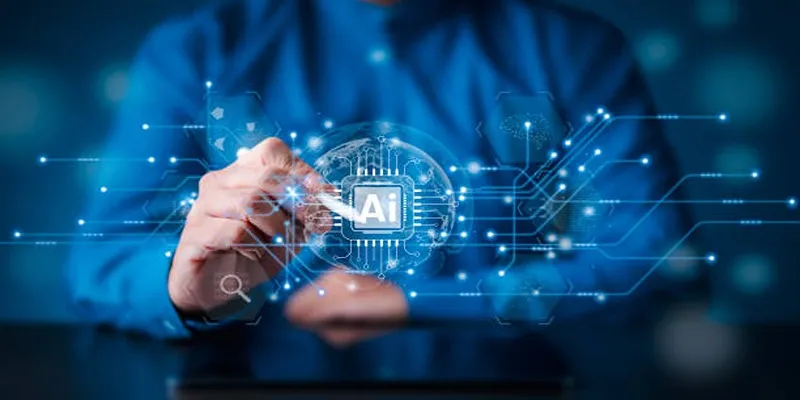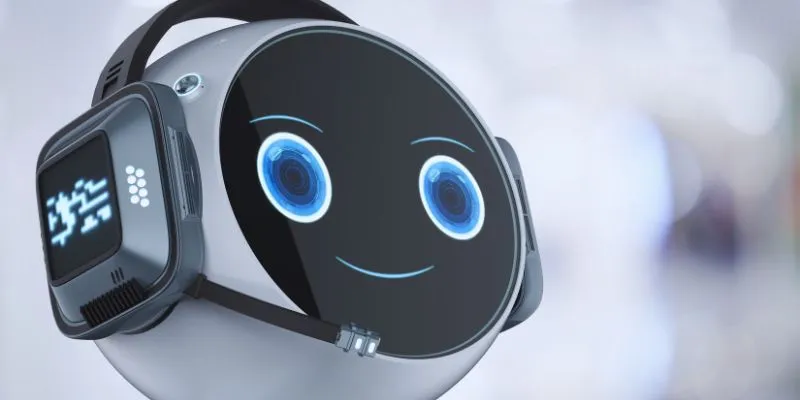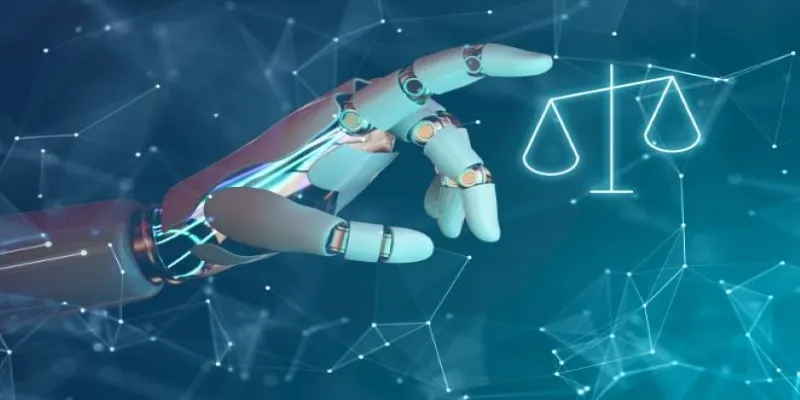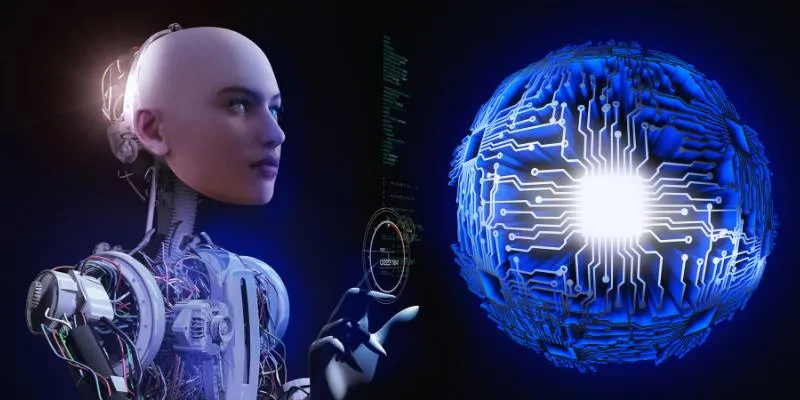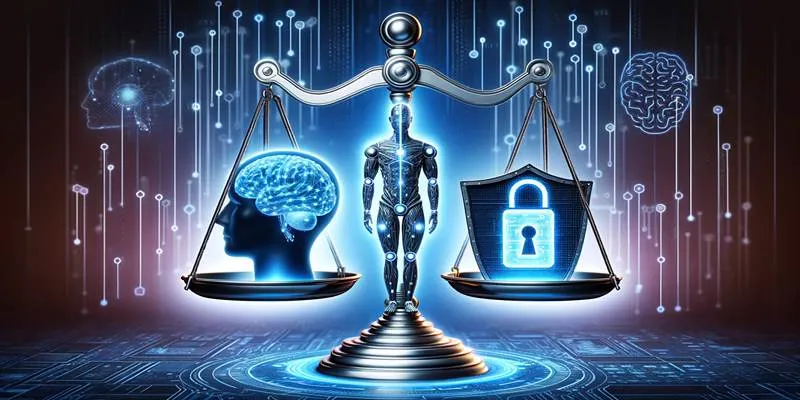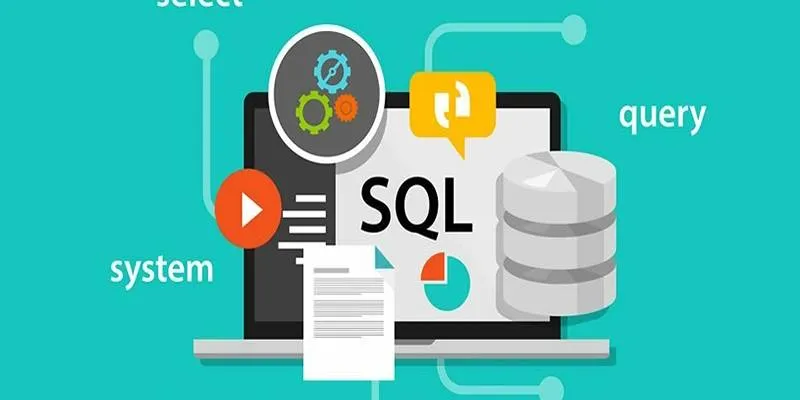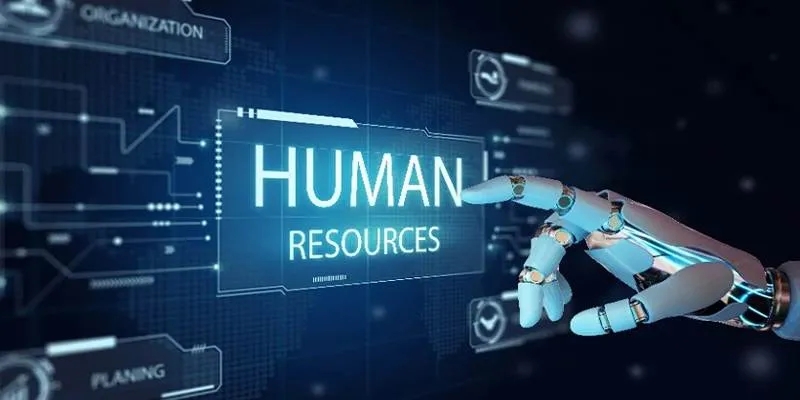Voice assistant technology has rapidly evolved, revolutionizing the way we live by enhancing convenience and connectivity. From answering questions to controlling smart homes, these tools have become indispensable in our daily lives. However, future innovations promise to make them even smarter, more personalized, and user-friendly. This article explores the upcoming advancements and their potential to transform our interactions with technology.
Current Capabilities of Voice Assistants

Widely recognized in smartphones and smart speakers, voice assistants can perform a variety of tasks through simple voice commands. Popular examples include Amazon’s Alexa, Apple’s Siri, Google Assistant, and Microsoft’s Cortana.
These assistants perform diverse functions such as playing music, setting reminders, providing weather updates, and facilitating purchases. With voice command capabilities, they also control connected home systems like televisions, security systems, and thermostats.
Many companies integrate digital assistants into their products to enhance convenience. For instance, modern cars often feature built-in voice command systems that allow users to manage music and navigation effortlessly.
Improved Natural Language Processing (NLP)
AI assistants have made remarkable strides in understanding natural human speech. These advancements in deep learning and machine learning help them interpret various accents, dialects, and sentence structures more effectively.
Moreover, NLP technology has become more sophisticated, enabling AI assistants to accurately comprehend conversational context and provide relevant responses. For example, if you ask, “What’s the weather like?” after requesting directions to a restaurant, the assistant will understand that you’re inquiring about the weather at that location.
Increased Personalization
As NLP technology advances, AI assistants are becoming more personalized. They recognize user patterns and behaviors, such as preferred language style or frequently used phrases, to deliver customized experiences. This creates a more human-like interaction, making the assistant feel like a personal aide rather than a mere program.
Additionally, AI assistants leverage previous interactions and data from sources like social media profiles or search history to provide tailored responses and suggestions, enhancing efficiency and accuracy in delivering relevant information.
Multilingual Capabilities
AI assistants now boast multilingual capabilities, making them accessible to a global audience and facilitating seamless communication between individuals speaking different languages.
Some AI assistants can even translate conversations in real-time, eliminating language barriers and fostering better communication and collaboration, especially beneficial for businesses with international clients or employees.
Integration with Other Devices
AI assistants are not confined to a single device or platform; they integrate across smartphones, laptops, smart speakers, and even cars. This multi-device access enhances convenience and accessibility.
For instance, you can start a conversation with your AI assistant on your smartphone while commuting and continue the same discussion on your laptop at the office. This seamless integration ensures a consistent user experience across devices. Some AI assistants also offer voice recognition technology for hands-free control.
Security and Privacy Advances
As AI technology advances, so do security and privacy measures to protect user data and prevent unauthorized access. For instance, some AI assistants use facial recognition technology to ensure only the device owner can access sensitive information.
With the growing Internet of Things (IoT), potential security breaches are a concern. However, AI assistants incorporate algorithms to detect and prevent cyber attacks, making them crucial for safeguarding user data.
Challenges to Overcome
- Bias in AI Algorithms: AI systems are as unbiased as the data they are trained on. Biased data can lead to unfair or inaccurate interactions.
- Integration with Legacy Systems: The rapid evolution of AI technology poses challenges in integrating with older devices or systems, complicating compatibility.
- Dependence on Internet Connectivity: Many AI assistants rely on real-time cloud access. Limited internet connectivity can hinder performance, reducing reliability.
- User Adaptation and Learning Curve: Some individuals face challenges in adapting to AI assistants due to unfamiliarity or lack of confidence in the technology.
Future Applications and Impacts

As AI technology continues to advance, the applications and impacts of AI assistants are vast. In healthcare, they can quickly analyze large amounts of medical data, aiding in disease diagnosis and treatment.
In education, AI assistants offer personalized learning experiences by analyzing student strengths and weaknesses, significantly improving engagement and academic success.
Additionally, in customer service, AI assistants handle inquiries and complaints efficiently, freeing human employees to tackle more complex tasks.
Conclusion
AI assistants are reshaping industries by offering innovative solutions that enhance efficiency, personalization, and user experience. From revolutionizing healthcare to improving education and streamlining customer service, their potential is immense. While challenges like ethical considerations and data security persist, the benefits of AI assistants are undeniable, making them integral to our rapidly evolving technological landscape.
 zfn9
zfn9


